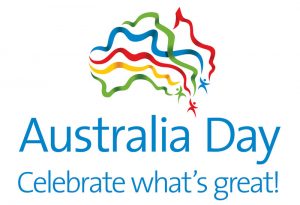
From the WIA, original post here.
Date : 14 / 01 / 2017
Author : Phil Wait – VK2ASD
The Wireless Institute of Australia is reviewing the digital segment in its band plan for the 80 metre band and for several other HF bands where the Australian band plan does not correspond to the plans applying in other countries. It is also making other proposals for the narrow 30 metre band, and wants your feedback.
Activity on a band can include various modes. The best way of avoiding clashes is to set aside different band segments for each of these activities. That is what the WIA does. Apart from avoiding interference, band plans which are voluntary agreements, make it easier for us to find other radio amateurs with the same interests.
The WIA Technical Advisory Committee, led by John Martin VK3KM, reports that for many years our 80 metre band plan has included a digital segment at 3620 – 3640 kHz. The original reason for adopting this segment was the licensing restrictions that applied at the time to Novice operators. These restrictions no longer apply; so the band plan should be updated to bring it into line with accepted operating practices, which include a greater use of digital modes.
John VK3KM sets out a reasoned argument for that change on the WIA website and in the January/February edition on Amateur Radio magazine. The proposal is to align our digimode segment with the rest of the world, by moving it to 3570 – 3600 kHz. Please have a read of the article whether you use digital modes, CW or SSB; because it contains a proposed change to the 80 metre band plan. It also includes proposed band plan changes for several other HF bands, to bring their digital mode segments into line with international practice.
Now turning our attention to 30 metres; there has been some discussion of interference problems that can occur on that narrow band. This band is only 50 kHz wide, and most countries have restricted it to CW and narrow band digital modes.
Australia is a little different because the ACMA permits a mode if the spectrum of a particular band allows. Again, John VK3KM discusses the matter, and with his depth of experience, proposes a band planning solution.
The Technical Advisory Committee wants your feedback on band planning on the HF bands, from both WIA members and the Amateur Radio community generally. Your ideas have equal weight whether you are a WIA member or not. Please read the article, and any thoughts or comments you have would be appreciated.





